For the granting of SPCs on medicinal products, the term “active substance” is defined by the case law of recent years, but not by the corresponding EC regulation: we give an overview of the case law.
The term “active substance” has been defined in the case-law of recent years, in particular for the purposes of the interpretation of Article 1(b) and Article 3 of Regulation No 469/2009.
Active substance must have its own medicinal effect
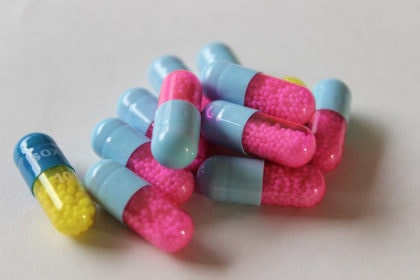 An important judgment in this context was the decision of 14 November 2013, Glaxosmithkline Biologicals and Glaxosmithkline Biologicals, subsidiary of Smithkline Beecham Pharma, C 210/13, EU:C:2013:762, according to which a substance which does not have any medicinal effect of its own and is used to achieve a particular pharmaceutical form of the medicinal product does not fall under the term “active substance”, which allows the definition of “product”. Only a substance with its own pharmacological, immunological or metabolic action is considered to be an active substance.
An important judgment in this context was the decision of 14 November 2013, Glaxosmithkline Biologicals and Glaxosmithkline Biologicals, subsidiary of Smithkline Beecham Pharma, C 210/13, EU:C:2013:762, according to which a substance which does not have any medicinal effect of its own and is used to achieve a particular pharmaceutical form of the medicinal product does not fall under the term “active substance”, which allows the definition of “product”. Only a substance with its own pharmacological, immunological or metabolic action is considered to be an active substance.
Therefore, a substance without a medicinal effect of its own cannot, even in combination with a medicinal substance, lead to a “composition of the active substance” within the meaning of Article 1(b) of Regulation No 469/2009, the ECJ stated at the time.
SPC only on active ingredients claimed in the basic patent
On 25 November 2011, the European Court of Justice (ECJ) had already issued a judgement in principle (Daiichi Sankyo Company, EU:C:2011:781) on the subject of active substances. With regard to the criteria for a medicine containing more than one active substance, the court ruled that a supplementary protection certificate (SPC) should only be granted for active substances which are also mentioned in the claims of the basic patent on which the application in question is based.
However, in the case of a basic patent for a process for the manufacture of a product, it is prohibited to grant an SPC for a product other than that designated in the claims of that patent as the product obtained by the manufacturing process referred to therein, the Court clarified with respect to Article 3(a) of Regulation No 469/2009 in Queensland (also on 25 November 2011, University of Queensland, EU:C:2011:780).
This principle was also confirmed in Actavis v Boehringer Ingelheim (EU:C:2015:165) in March 2015: A basic patent protects an active substance within the meaning of Art. 1 letter. c and 3(a) of Regulation 469/2009 “as such” only if it forms the subject matter of the invention protected by the patent.
This case concerned the prior placing on the market of an active substance in the form of a monopreparation. If any successive placing on the market of an active substance together with other active substances not protected by the basic patent could confer a right to the grant of many supplementary protection certificates, this would be incompatible with the weighing of public health considerations, for the benefit of which generics should be available after expiry of the term of protection, the ECJ clarified.
Therefore, the Court ruled in this case that if a basic patent covers a claim to a product containing an active substance which is the sole subject matter of the invention and for which an SPC has already been granted, and if that patent covers a further claim to a product combining that active substance with another substance, it is inadmissible to grant a second SPC for that combination.
Two medicinal products placed on the market in succession
Actavis was also involved in another important ruling of the ECJ (Acatavis v. Sanofi, 2013, EU:C:2013:833) concerning two successively marketed medicinal products consisting of the same active substance or containing partially the same active substance. The ECJ ruled that it was not permissible to grant the holder a second supplementary protection certificate for this composition of active substances on the basis of the same patent but a subsequent marketing authorisation for another medicinal product containing the said active substance together with another active substance not protected by the patent.
In that judgment, the Court also clarified that, on the basis of a patent protecting several different “products”, several SPCs may, in principle, be granted in respect of each different product, but only if they are “protected” as such by that “basic patent”.
Covalent bonding with other active ingredients
Whether a substance forming part of the composition of a medicinal product is an active substance within the meaning of Article 1(b) of Regulation No 469/2009 depends on whether that substance has its own pharmacological, immunological or metabolic action. To what extent this also applies if there is a covalent bond with other active substances was clarified by the judgment of Arne Forsgren (EU:C:2015:13) of January 2015. A carrier protein conjugated by means of a covalent bond to a polysaccharide antibody can only be classified as an “active substance” within the meaning of Article 1 of Regulation No 469/2009 if it has been shown to exert its own pharmacological, immunological or metabolic action covered by the fields of application of the marketing authorisation, the ECJ ruled.
Active ingredient with structural formula?
For the classification of such an active substance it is not necessary to mention this active substance in the claims of the ordering patent with a structural formula, the ECJ ruling of 2013 already clarified (Eli Lilly vs. Human Genome Sciences Inc., EU:C:2013:835). The Court clarified that if this active substance falls under a functional formula contained in the claims of a patent granted by the EPO, Article 3(a) of Regulation No 469/2009 does not in principle preclude the grant of an SPC for this active substance – provided that the claims relate to this active substance.
Active substances must be clearly identifiable
The judgment of the ECJ of July 2018 (Teva Lupin Mylan, EU:C:2018:585) deals with the concept of a product protected by a basic patent in force, but nevertheless clarifies Art. 3 letter a of Regulation (EC) No. 469/2009 on the interpretation of the concept of active substance. A product consisting of several active substances having a combined effect is protected by the basic patent if the claims of the basic patent refer specifically and necessarily to the combination of the active substances of which the product consists – even if it is not expressly mentioned therein. Each of the active substances must be specifically identifiable by disclosed information and the combination of active substances must be covered by the description and drawings of the patent.
No SPC on new formulation of the old active ingredient
In March 2019, the court (Abraxis, EU:C:2019:238) then ruled on the nanocoating for the cancer drug Abraxan – an old active ingredient in a new formulation. An SPC cannot be granted for a drug that is protected in the basic patent and already on the market – even if a new formulation of an “old” active substance of this drug represents and the effect is improved in this way, the ECJ ruled.
This view was also confirmed by the highest European court in the Santen decision (2020, Santen, C-673/18, EU:C:2020:531). In its reasoning, the ECJ explained the basic considerations on SPC. Accordingly, No. 11 of the Explanatory Memorandum to the Proposal for a Council Regulation (EEC) of 11 April 1990 concerning the creation of a supplementary protection certificate for medicinal products (which gave rise to Regulation No. 1768/92 and its subsequent Regulation No. 469/2009) states hat the term ‘product’ is understood to mean an active ingredient in the strict sense and that minor changes to the medicinal product such as a new dose, the use of a different salt or ester or even of a different pharmaceutical form will not lead to the issue of a new SPC. In the Schanten case, the court ultimately held that Article 3(d) of Regulation No 469/2009 must be interpreted as meaning that an MA cannot be considered to be the first MA, for the purpose of that provision, where it covers a new therapeutic application of an active ingredient, or of a combination of active ingredients, and that active ingredient or combination has already been the subject of an MA for a different therapeutic application.
Patent protection and SPC grant – an issue for you too?
Our patent attorneys and attorneys at law have expertise in all areas of intellectual property law, both national and international.
We are also happy to represent you before the offices and in court. We are entitled to represent you before any court in Germany as well as internationally.
Please feel welcome to the contact us!

Sources:
the ECJ judgements, that are basic for the text, an mentioned and linked in the text
Image:

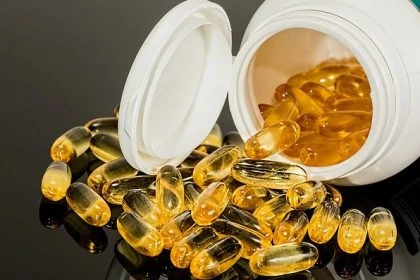
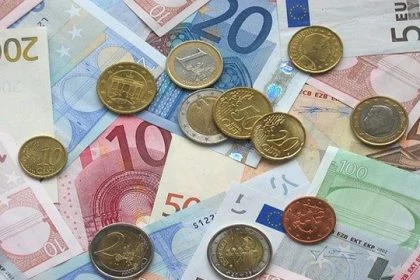
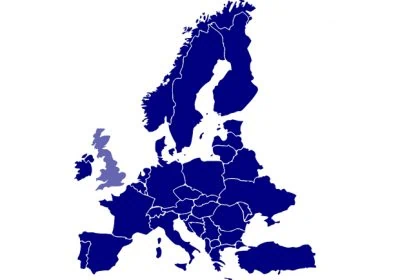
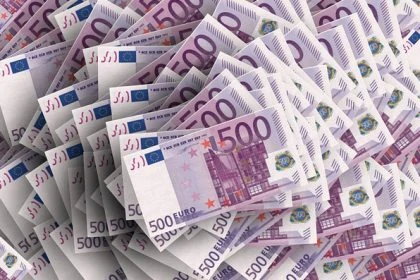

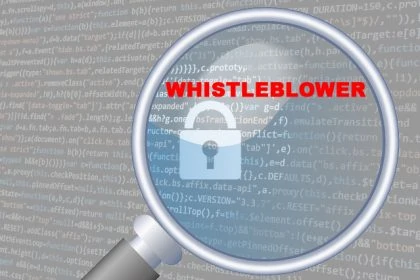
Leave a Reply